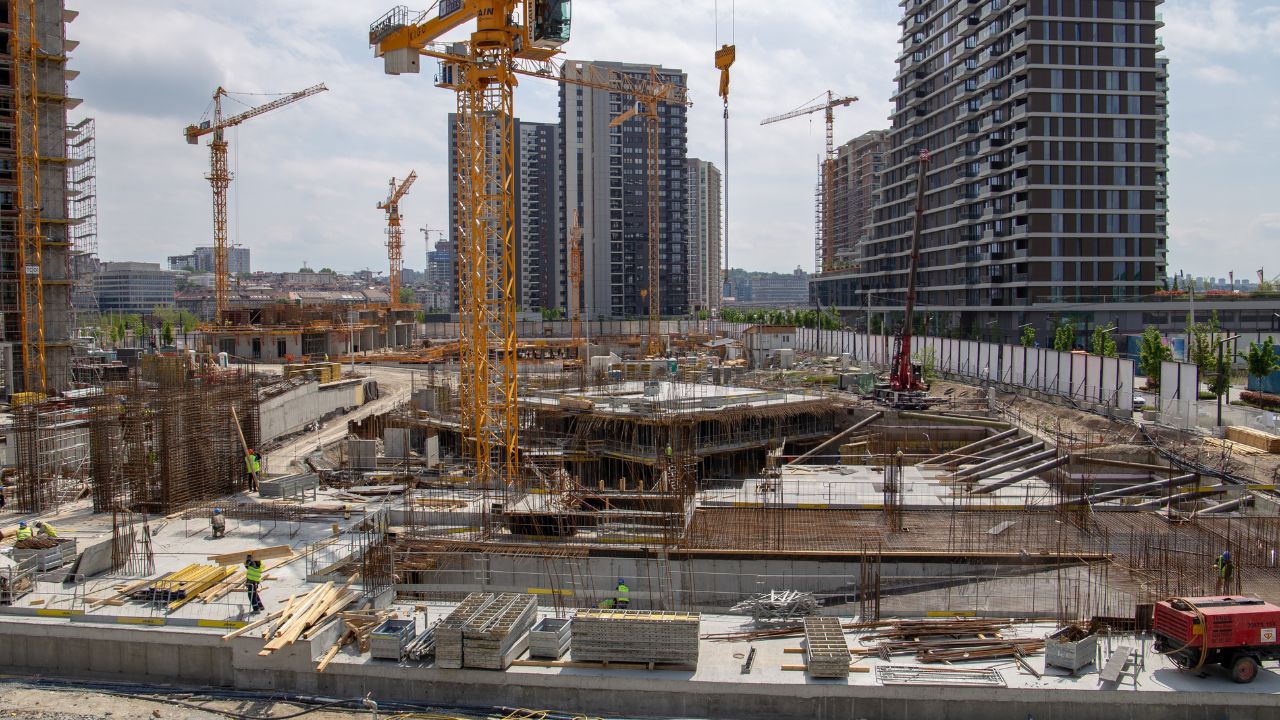Understanding Sustainable Home Building
smart home building represents the future of residential construction, offering a myriad of benefits for homeowners, builders, and the environment alike. By harnessing the power of technology to create homes that are efficient, intelligent, and sustainable, we can redefine the way we live and pave the way for a brighter, smarter tomorrow.Smart home building goes beyond merely using eco-friendly materials; it encompasses a holistic approach to design, construction, and operation aimed at minimizing environmental impact throughout the home’s lifecycle. This approach involves various principles:

-
Energy Efficiency
: Smart homes are designed to maximize energy efficiency, reducing reliance on fossil fuels for heating, cooling, and electricity. This may include smart home building features such as high-performance insulation, energy-efficient windows, and appliances, as well as passive solar design to harness natural light and heat.In an era where technology dominates almost every aspect of our lives, it’s no surprise that our homes are becoming smarter by the day. Smart home technology, once considered a luxury reserved for the wealthy, is now more accessible than ever before, remodel the way we live, work, and interact with our surroundings.
-
Resource Conservation Home Building
: Smart builders organize the use of renewable and recycled materials, minimizing waste and conserving natural resources. This can involve utilizing sustainable lumber, recycled steel, low-VOC paints and finishes, and eco-friendly insulation materials.Moreover, smart home building promotes sustainability and energy efficiency, helping homeowners reduce their carbon footprint and lower utility bills in the process.
-
Water Conservation
: Sustainable homes incorporate water-saving fixtures and technologies to reduce water consumption. This may include low-flow faucets and showerheads, dual-flush toilets, rainwater harvesting systems, and drought-tolerant landscaping in smart home building.
-
Indoor Air Quality Smart Home Building
: Smart homes are designed to promote indoor air quality by minimizing pollutants and toxins. This involves proper ventilation systems, non-toxic building materials, and strategies to reduce indoor humidity and mold growth.
-
Site Selection and Land Use
: Smart home building takes into account site selection and land use practices to minimize environmental disruption. This may involve preserving natural habitats, minimizing site grading and disturbance, and incorporating landscaping that enhances biodiversity.
Benefits of Sustainable Home Building
Smart home building involves integrating various technologies and systems into the construction process to create residences that are not only efficient and sustainable but also intelligent and interconnected.Embracing Smart home building offers a myriad of benefits for homeowners, communities, and the planet:
- Lower Energy Costs: Energy-efficient design and technologies can significantly reduce utility bills, saving homeowners money in the long run in smart home building.
- Improved Comfort and Health: Smart homes often provide superior comfort and indoor air quality, promoting the health and well-being of occupants.
- Reduced Environmental Impact: By minimizing resource consumption and emissions, sustainable homes help mitigate environmental degradation and combat climate change in smart home building.
- Increased Property Value: Homes with green features and certifications such as LEED or ENERGY STAR tend to have higher resale values and attract environmentally conscious buyers.
- Community Engagement: Sustainable home building fosters community engagement and promotes a sense of environmental responsibility among residents.
-

smart home benefits
Conclusion
Smart home building is more than just a trend; it’s a fundamental shift towards creating healthier, more resilient communities and a sustainable future for generations to come. By prioritizing eco-friendly design, construction, and operation, homeowners can enjoy the benefits of sustainable living while minimizing their environmental footprint. Whether you’re building a new home or renovating an existing one, consider incorporating sustainable practices to create a greener, more efficient living space that reflects your commitment to environmental stewardship.




